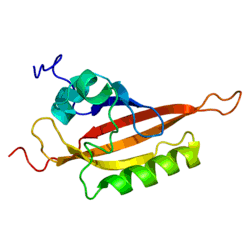Cancer immunoediting and dioxin-activating aryl hydrocarbon receptor: a missing link in the shift toward tumor immunoescape?

Submitted: 25 February 2010
Accepted: 6 May 2010
Published: 19 May 2010
Accepted: 6 May 2010
Abstract Views: 1518
PDF: 558
HTML: 21051
HTML: 21051
Publisher's note
All claims expressed in this article are solely those of the authors and do not necessarily represent those of their affiliated organizations, or those of the publisher, the editors and the reviewers. Any product that may be evaluated in this article or claim that may be made by its manufacturer is not guaranteed or endorsed by the publisher.
All claims expressed in this article are solely those of the authors and do not necessarily represent those of their affiliated organizations, or those of the publisher, the editors and the reviewers. Any product that may be evaluated in this article or claim that may be made by its manufacturer is not guaranteed or endorsed by the publisher.
Supporting Agencies
NoneRidolfi, R., Guidoboni, M., & Ridolfi, L. (2010). Cancer immunoediting and dioxin-activating aryl hydrocarbon receptor: a missing link in the shift toward tumor immunoescape?. Journal of Nucleic Acids Investigation, 1(1), e6. https://doi.org/10.4081/jnai.2010.1724
PAGEPress has chosen to apply the Creative Commons Attribution NonCommercial 4.0 International License (CC BY-NC 4.0) to all manuscripts to be published.


 https://doi.org/10.4081/jnai.2010.1724
https://doi.org/10.4081/jnai.2010.1724



